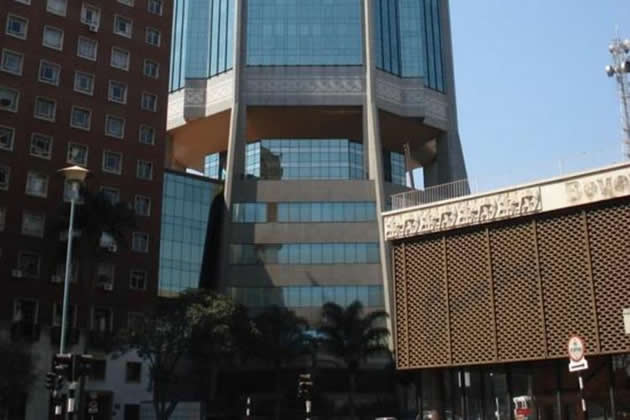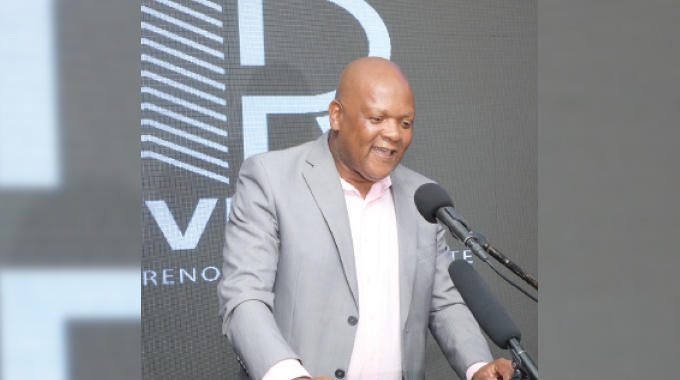RBZ to present 2016 monetary policy statement

Oliver Kazunga Senior Business Reporter
THE Reserve Bank of Zimbabwe will present the 2016 monetary policy statement end of January with a call to focus on interventions that promote resource mobilisation for economic growth and clearing external arrears.
RBZ deputy governor Khupukile Mlambo hinted last week that the Central Bank would unveil the 2016 monetary policy statement at the end of this month.
Economic experts quickly pointed to the need to expedite external debt clearance in order to unlock fresh capital.
Last October, Zimbabwe signed a debt clearing strategy with international financial institution in Lima, Peru, to clear $110 million to the International Monetary Fund (IMF), World Bank $1.15 billion and the African Development Bank’s $601 million by April 30, 2016.
If honoured, it is hoped that the agreement would see Zimbabwe unlocking further lines of credit from external creditors to which the country owes about $10 billion.
Experts say the forthcoming monetary policy statement should be premised on measures that promote short and long-term funding as well as domestic savings to mobilise resources for fulfilling the Lima agreement.
Luxon Zembe, a business leader, said he expects the apex bank to look at strategies to mobilise resources to clear international financial institutions arrears within the stipulated time frame.
He said it was important to understand that a monetary policy statement, just like a national budget, is an instrument for executing a national strategy.
“In this case, our national strategy at the moment is hinged on Zim-Asset and the 10-Point Plan. So, the role of the upcoming monetary statement is to ensure that financial resources are mobilised to create an enabling environment for the economy to thrive and also for the economy to be competitive,” said Zembe.
“It’s very critical that the forthcoming monetary policy statement focuses on interventions to raise financial resources in order for the country to fulfil the Lima agreement so that the country can start accessing new credit lines.”
Another economic analyst Peter Mhaka said the monetary policy statement should tackle liquidity challenges that continue to impede economic growth and recovery. Bulawayo-based economic commentator, Bongani Ngwenya said: “While we’re enjoying the benefits of using a multicurrency system through aspects such as price stability and stable inflation, we don’t have control on the supply side of the currencies in the economy.
“For economic growth, we need a balance between the fiscal aspect of economic management and monetary policy statement, which in our case is difficult to achieve because we don’t have control over the multi-currencies that we’re using,” he said.
Ngwenya said Zimbabwe needed to spend much effort on stimulating productivity in industries to competitive levels so that companies can improve exports.
This, he said, would see the country balancing the gap between imports and exports.
According to latest data from the Zimbabwe National Statistical Agency, the country’s trade deficit stood at $3 billion for the period January to November 2015.
Experts have urged the government to recapitalise RBZ within a specified timeframe in order to guarantee effectiveness of the 2014 monetary policy statement.
Recapitalisation of the Reserve Bank is critical in restoring the monetary authority’s lender of last resort function as well as performing the inter-bank market functions.











Comments